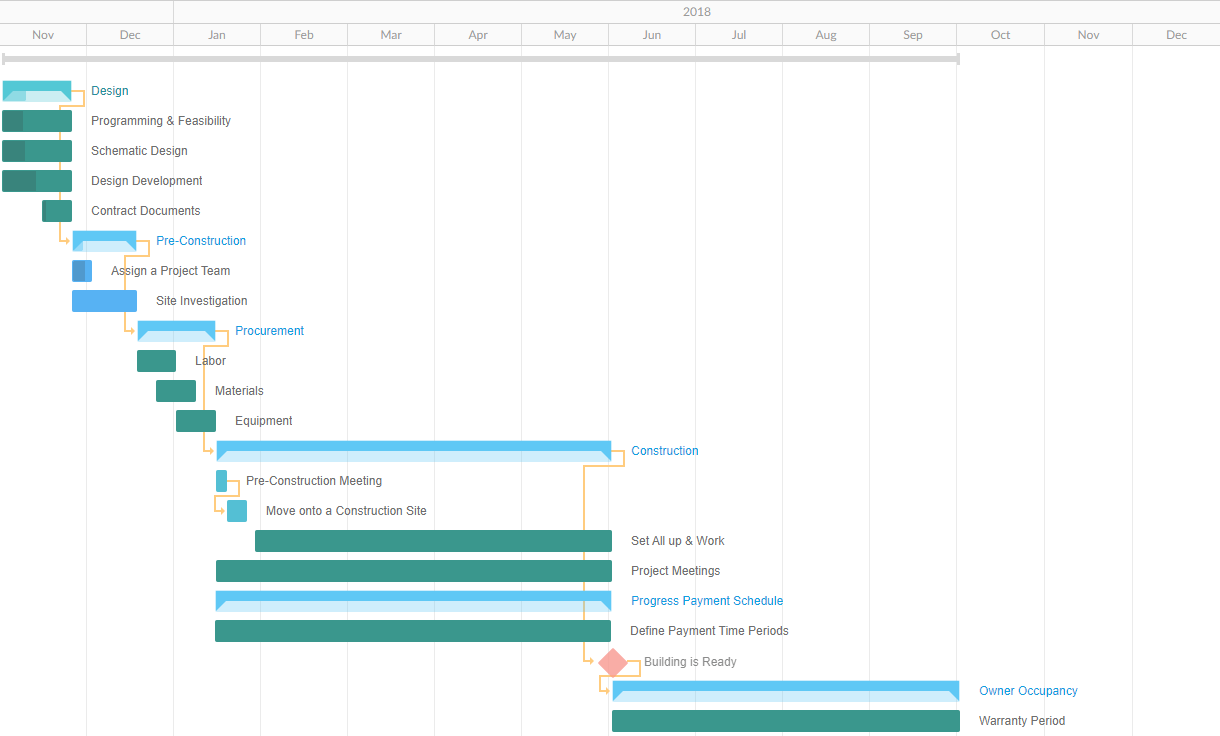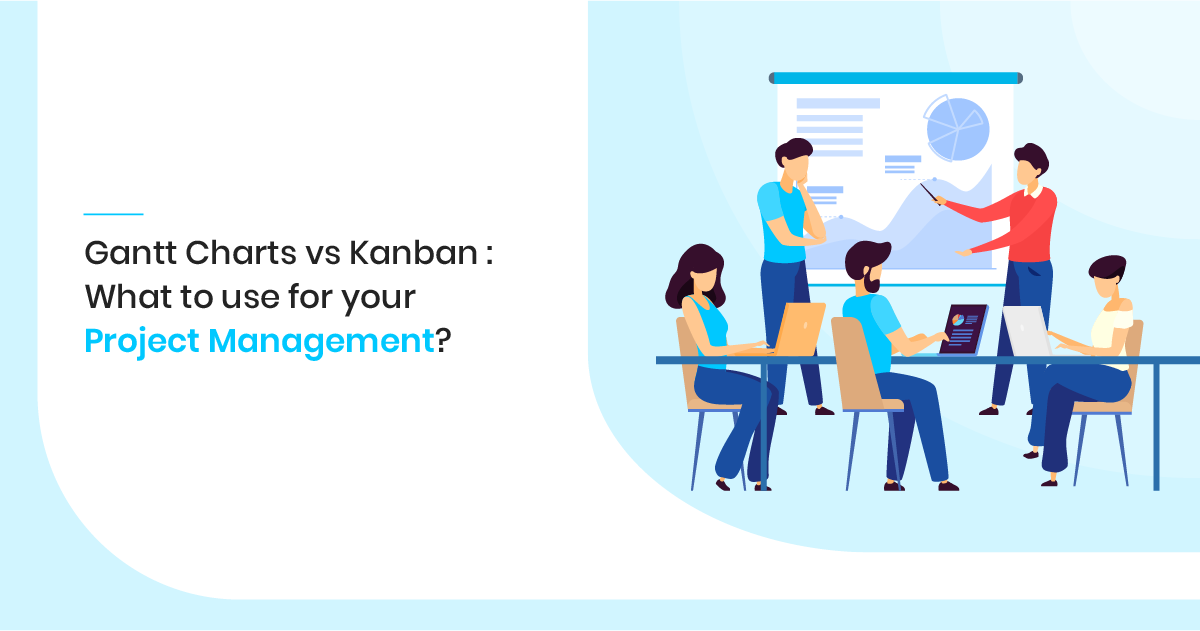Reading Time: 5 minutes

FunctionFox: No. 1 In Project Management Software
The project management sphere is booming. Wherever you look at, projects are everywhere: in manufacturing, retail, construction, software development, marketing, events planning, education, and many other sectors and spheres. That’s why it should not be a surprise why so many project management roles are created worldwide as they are in a high demand. The profession itself is expected to grow by trillions of dollars by 2020. By the same year, more than 13 million associated roles will be created in the worlds’ leading countries.
However, the first thing to do before you decide to jump into the profession is to make it clear for yourself what methodology to follow. It can be Scrum, Kanban, Waterfall methodology or some other. All the following work will be directly dependent on your choice. So it’s better to know the key differences between core approaches.
Project management software is largely based on two approaches – Gantt charts and Kanban. Therefore, specialized tools can be called Gantt chart software and Kanban software or Kanban board software. They are different in their nature and both have their advantages as well as disadvantages. Which one to choose for your project? It’s time to figure it out.
Which one to choose for your project? Gantt Charts or Kanban?
Gantt charts
A Gantt chart is a kind of a bar chart that is widely used in project scheduling. It has two axes – a vertical one and a horizontal one. Tasks to perform are put on the vertical axis while time intervals for each task are shown on the horizontal line. Thus, a manager is able to quickly understand how many tasks a project contains and how much time they require.

Advantages of Gantt charts
- Clear visual overview of a project: tasks, assignees, timelines, etc. Managers, as well as team members, get a clear picture of what is going on in a project.
- Tasks prioritization: Gantt charts open opportunities to classify tasks according to their priority.
- Progress tracking: It allows staying on track of a project thus ensuring that everything is moving in the right direction.
- Time and deadline management: All the dates in a project are clearly defined what makes it impossible to miss any deadline.
- Resource management: Managers are able to effectively allocate resources, prevent them from having too many tasks, and vice versa, assign more duties to those members who underperform.
- Dependencies between tasks: In reality, tasks are connected to each other: the end of one task gives a start to another, etc. Gantt charts give a clear overview of all dependencies.
- Baseline: This feature allows seeing the current project status and comparing it with what was planned from the very beginning. It helps managers to foresee and avoid risks.
- Creates Accountability: Gantt Charts enables managers and other team members to develop a sense of accountability. Using Gantt charts, one can easily track team progress, highlight major wins as well as big failures. Thus, it gives a fair opportunity to all to get highlighted for exceeding their expectations and get the recognition they deserve
Disadvantages of Gantt charts
- Complexity in large projects: Too many tasks, assignees, and resources can turn a Gantt chart into a complicated structure where it can be hard to figure out how everything works.
- Time to manage and update: Even if a project is developing as it was planned, anyway, a Gantt chart requires constant updates. Without them, it will simply turn into a useless plan. Also, it is a matter of software you choose as in some tools, time and updates management can become really time-consuming.
- Changes during sprints are discouraged.
Who will be benefited from using Gantt charts?
Project managers, team members, stakeholders, and other involved parties from various spheres can easily rely on Gantt chart software. If there is a need to get a clear project overview with all created and assigned tasks, time frames, and resources, it will be a great choice.
Also, Read: 5 Silly Project Management Mistakes to Avoid
Kanban
The name of this approach originates from the Japanese language and stands for “card” or “visual sign”. A project represents a board here and each task looks like a card in a certain column.
Thanks to this approach, managers and team members can see what, when, and how much to produce. In other words, the board shows what to do, what is in the progress, and what is already done in the respective columns. But columns are not limited to only these ones. For example, in the software development sphere, the board can also include Backlog, Coding, Testing, etc. columns.

Advantages of Kanban
- Easiness to understand: There are columns, cards, and a board. With a glance, managers are able to see statuses of all the tasks in a project.
- Application: Thanks to its simplicity, Kanban can be applied on top of an already implemented system. It will help to visualize the already performed work and realize problematic areas. The approach does not require any changes in an organization structure.
- Flexibility: Kanban is a good fit for projects where there is a flow of coming changes and priorities can be altered.
- Awareness: Thanks to a clear column view, managers, and team members can reduce the risks of doing the wrong work. It helps to ensure that time is not spent on unnecessary activities.
- Delivery flow: As cards are easily movable between columns, it quickly helps to optimize the workflow because there is a strong accent on the just-in-time delivery of value.
- Changes: The project with the Kanban approach is focused on constant improvements.
- Improved Collaboration: Kanban encourages easy and frequent collaboration. The different Kanban meetings ensure that all the team members, including investors, shareholders, clients, can exchange relevant information and solutions, and collaborate on different ideas.
Disadvantages of Kanban
- Time frames are uncertain: Managers and team members only know the phases (done, in progress, to-do) but not exact time frames for each task. Thus, there is no deadline management feature in Kanban.
- Core accent on WIP (Work in progress) what makes Kanban not a perfect choice for result-driven projects.
- Too crucial changes may result in high risks.
Who will be benefited from using Kanban?
Kanban is a great choice for teams that need a clear visual picture of all the tasks and their statuses in a project: a to-do list, in progress, and done. It is a good choice for software development teams and technology-related work. But actually, with just a few exceptions like manufacturing, it can be used in a variety of spheres and can be combined with other popular methods such as Scrum.
Wrapping it up
Gantt charts and Kanban are different but efficient approaches to project management. Each of them has advantages and disadvantages. Taking into consideration project details like goals, spheres, team members, the role of a manager, and other will help to choose the best way to deal with a project. In some cases, the combination of a Gantt chart and Kanban gives the only efficient execution of plans.
Need Any Technology Assistance? Call Pursho @ 0731-6725516







